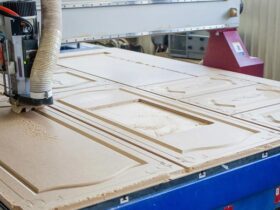It was previously shown that an increase in the strength of clay soils obeys the exponential law.
The process of increasing specific resistance on the side surface of the pile, immersed in clay soil, proceeds according to the same law. Therefore, the final value of the specific resistance on the side surface of the pile at a certain point in time T (during the period of hardening) can be represented in the form of an approximate equation:
Of course, it should be remembered that the given discussions relate to homogeneous clay pastes, so it is still difficult to say with confidence that the proposed numerical value will be true for the clays of other genesis, age, composition, state. Apparently, the general nature of dependence (50) will remain, and numerical values will be different. However, even in such a numerical form, the application of the parameter to determine the specific resistance on the side surface can be used to determine the bearing capacity of the pile at a given moment in time.
In the field, it was found that Cambrian clay with a half-hard consistency is extremely quickly (within 1-2 minutes) restores its initial strength after the cessation of vibration during its vibration tour. In this regard, we have made penetration tests of pastes from Nizhnekombrian clay and Glukhovetsky kaolin with moisture WV.
As a penetromometer, a “needle of Vika” was used with a diameter of 1.5 mm, immersed using a constant cargo weighing 300 g. Such a tip was chosen on the basis of experiments in. F. Razorenov, who showed that when penetrating clay water -saturated soils of impaired addition, it is absolutely indifferent to what type of tip to use, since the value of the specific resistance of penetration is accepted as the test characteristic, equal to the ratio of penetration P to the square of the diving depth of the tip.








